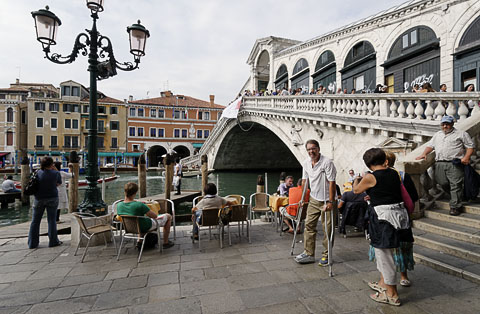by Nathan Lewis
Every year about this time, we pause and take a little time to imagine what life could be like without cars. For five thousand years of human urban civilization, people didn’t have cars. Their cities reflected this: they were made for walking, mostly, and some wagon traffic. Of course, we don’t need to use oxcarts today. We can move cargo with motorized trucks. But, we can still design our cities to walk around in, rather than to drive around in, as we have in Suburban Hell for roughly a century. Read On…..










